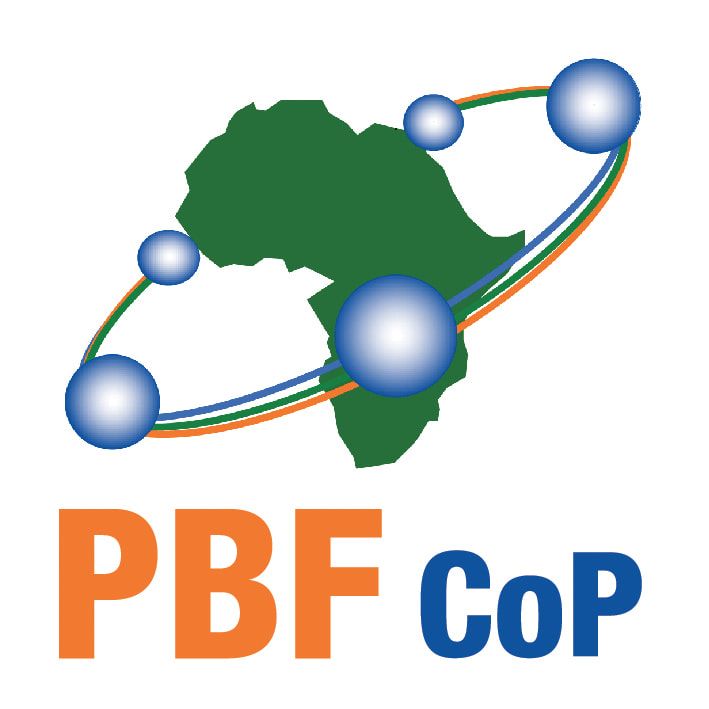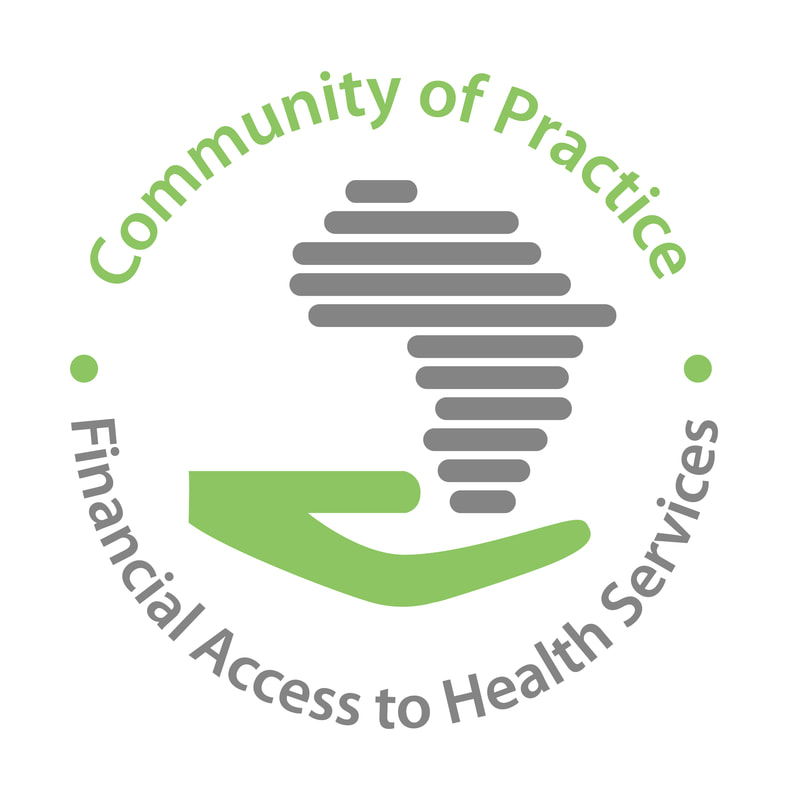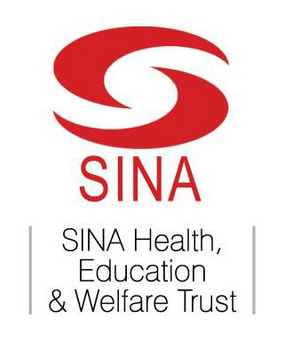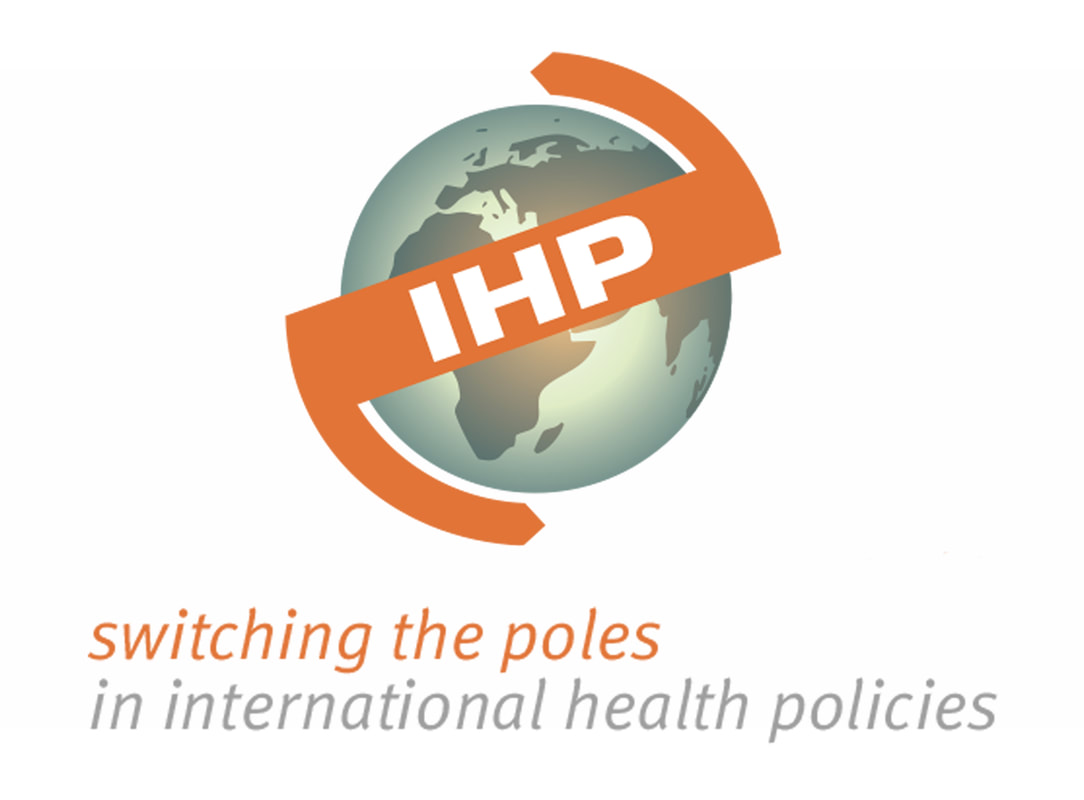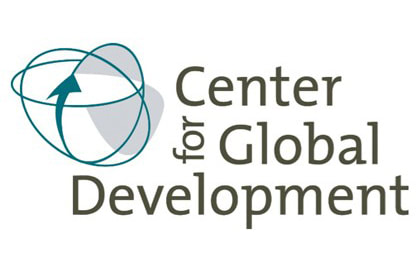The countdown has begun: there are only 750 days left till the MDG deadline. On the side of donors and agencies, the ticking clock is only increasing the eagerness to accelerate progress. Politically speaking, this timeframe is indeed important in the North, especially in countries like Norway or the UK, where several political leaders have used much of their political capital to lobby for global health at national and international level. Against this backdrop, the PBF CoP facilitation team is fully aware that it also needs to attend donor meetings to explain, bring evidence and share experiences about Performance Based Financing. We were therefore happy to make the trip to Oslo to discuss with donors and aid agencies a road map for the scaling up of RBF(1).
The meeting was opened by Anthony Lake, the executive director of UNICEF, a strong indication that UNICEF is joining the club of agencies committed to integrating RBF in their policy toolbox. The first half-day of the meeting was dedicated to reporting on Results-Based Financing (RBF) progress. We heard about experiences in Tanzania, Zambia and Argentina – all of them belonging to the category of PBF schemes, which focus on barriers on the supply side (2). Olivier Basenya also presented the experience of Burundi. If you are involved in PBF projects, you probably won’t be surprised to learn that PBF is boosting indicators of key health services, especially those aligned with the MDGs, while also leveraging the whole system (in terms of work culture, accountability…).
On the second half-day, we first listened to aid agencies dwelling on recent developments on their part; some of these developments seem very favorable to RBF. For instance, we learned that the Global Fund has realized that their system of granting funding through ‘rounds’ created incentives for countries to avoid risks and in many cases led to proposals with very vertical approaches. The Global Fund will now adopt a more ‘health systems’-style approach, or at least to a greater extent than before. In the future, countries will be expected to organize a country dialogue going beyond the CCM (Country Coordination Mechanism). The new grant system of the Global Fund will also be much more supportive to strategies like PBF, which is seen as a great platform for integrating health service delivery at country level. Prospects seem also good on the side of the GAVI initiative. During the discussion about collaboration between agencies, the case of Benin was of course mentioned, as it is a country where PBF is being co-developed by the World Bank, GAVI and the Global Fund.
We then listened to donors’ (USA, Germany, Sweden, Japan, the UK and the Bill & Melinda Gates Foundation) own stance on RBF. All of them are positive about RBF, even if their involvement and financial commitment vary. Most obviously want to move at their own speed, for a number of reasons, including in line with the concern not to outpace the progressive building of the evidence base. We realized that donor support to countries is still highly determined and shaped by their existing aid instruments (and national aid operators). So changes will perhaps come more slowly than we would like, in this respect, but we should already appreciate that Germany, the US, the UK and the Bill & Melinda Gates Foundation are already funding pilot RBF schemes in different countries.
What are the key messages for countries?
In Oslo, we discussed of course many things. Here are some interesting messages for the ones among you who are involved in formulating and implementing RBF at country level.
- RBF is recognized by the international community of aid actors as a key mechanism to accelerate progress towards the MDGs by focusing on frontline services. At country level, your own responsibility may be to use the MDG deadline to put pressure on donors and your government to commit to an agenda focusing on results.
- Having said that, it is also crucial to keep in mind that RBF must be anchored in broader and longer term agendas such as health systems strengthening and universal health coverage. This has important consequences: for instance, there was a consensus in Oslo that aid agencies adopting the RBF approach should support a single national RBF strategy (and not develop their own schemes). Hence, at country level, keep on working on the integration of your RBF strategy in the national health care financing strategy. Among other advantages, PBF is a great entry point for your Ministry of Health to learn to purchase health services in a strategic manner.
- Donors and agencies are willing to explore the many possible ways that exist for collaborating around RBF. For instance, it is of course possible to fund a RBF scheme without going through the Trust Fund managed by the World Bank. We felt a lot of commitment at this level, but some questions remain. We offered the service of the CoP to document and share some successful experiences (cf. Rwanda, Burundi, Benin…).
- Senior conference participants highlighted one of the greatest assets of RBF: the emphasis the strategy puts on learning and the opportunity it offers to improving one’s action. As illustrated by the experiences from different countries presented at the meeting, and aptly summarized by Tore Godal, the convenor of the meeting, RBF is a problem-solving strategy. Having said this, we believe that even more efforts could be taken to improve PBF, among other things, by better taking into account evidence generated outside the RBF community. For instance, to our knowledge, very few RBF schemes have already responded to the large body of evidence showing that neonatal mortality is one of the new priorities in sub-Saharan Africa. By the way, this is one of the many areas where UNICEF could contribute.
- Several experts shared their concern that at country level, RBF could suffer from system bottlenecks, such as poor availability of drugs and medical commodities. We agreed to coordinate our efforts to try to overcome this problem. On the side of the PBF CoP, our wish is to organize an event in 2014 whereby central medical stores would be able to meet their clients (health facilities). We believe that PBF has created a new ecosystem in which health facilities are much more demanding in terms of ancillary services. More about this soon.
- One of the objectives of the meeting was to discuss the next stage (what needs to happen after the pilot stage). While it is hoped that donors will maintain and expand their support, the consensus is increasingly that domestic financing – or at the very least co-financing - will be the main solution in the future, especially in non-fragile countries. Our own assessment is that there still remains much to do at this level in many countries; in terms of advocacy and engagement (especially towards the Ministries of Finance), but also in terms of support (e.g. on how to adapt public finance mechanisms).
A global learning agenda
As observed by the participants affiliated to the World Bank, the Global Fund and GAVI, a key asset of the RBF approach could be that it will lead to more cooperation between these three agencies, something which failed to happen so far, by and large. The first signs are encouraging. This needs to be confirmed at country level, of course, but we are optimistic.
In Oslo, we all agreed that RBF is a global learning agenda and that learning should not be limited to the demonstration of the impact (or not) of a strategy. In many settings, adjustment of policies will need to take place, in an iterative process, which confirms that the knowledge agenda will have to be connected with implementation. The community of practice has its work cut out, in other words.
Notes:
(1) We also had the opportunity to attend the gala concert in honor of this year’s Nobel Peace Prize winner, the Organisation for the Prohibition of Chemical Weapons, a great experience which compensated for the fact that this time of the year is not exactly the ideal period for visiting Norway.
(2) More about PBF in Argentina (and global football icon Lionel Messi!) in a forthcoming blog post.

